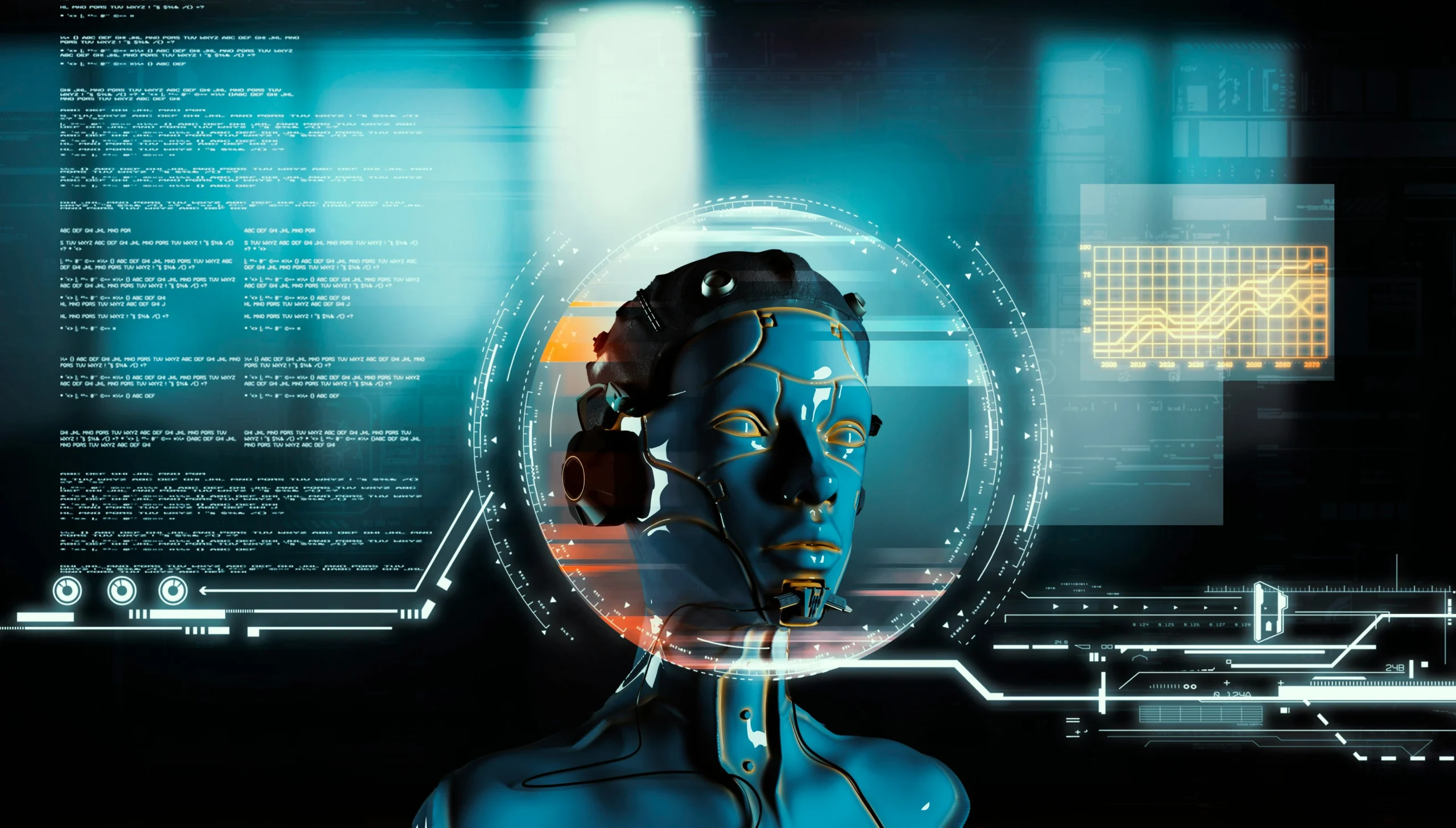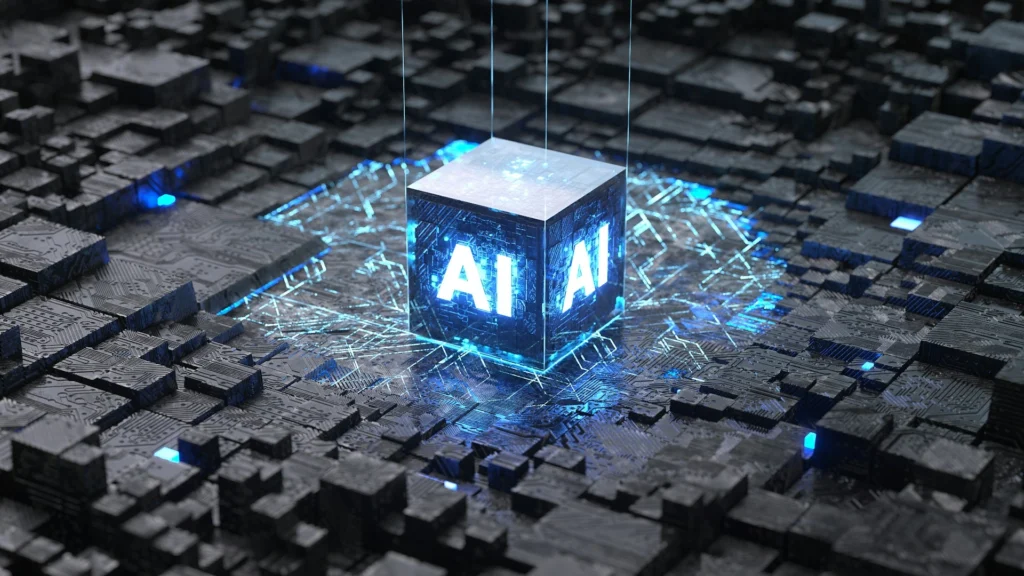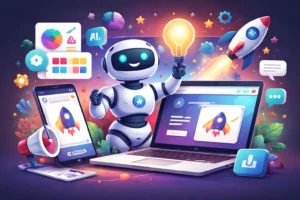Artificial Intelligence (AI) has transformed from an ancient dream into one of the most dynamic fields of technology today. From its early mentions in mythology to its modern applications, AI’s journey has been remarkable. Let’s explore the history, key milestones, and what the future holds for the evolution of artificial intelligence technology.
History of Artificial Intelligence
The concept of artificial beings dates back to antiquity, where myths often described machines and creatures that could mimic human intelligence. However, AI as we know it began to take shape in the mid-20th century.
In the 1940s, the invention of the programmable digital computer laid the groundwork for AI. The field of AI research was officially born at the 1956 Dartmouth College workshop. Led by pioneers like John McCarthy and Marvin Minsky. This workshop marked the beginning of formal discussions and exploration into creating machines that could think and learn like humans.
Key Milestones in AI Development

- 1950s: Alan Turing proposed the “Turing Test” to determine a machine’s ability to exhibit intelligent behavior equivalent to, or indistinguishable from, that of a human.
- 1960s-1970s: AI experienced its first setbacks as researchers realized that creating human-level intelligence was far more complex than anticipated. This led to reduced funding and the first “AI Winter,” where interest and resources for AI dwindled.
- 1980s: AI saw a resurgence with the development of expert systems. The programs that could mimic the decision-making abilities of human experts in specific fields.
- 1990s-2000s: With advancements in machine learning and data-driven approaches, AI started to gain momentum. Algorithms became more sophisticated, enabling better performance in areas such as speech recognition and image processing.
- 2010s-Present: The advent of deep learning and improved computational power led to breakthroughs in AI applications. It includes natural language processing, computer vision, and autonomous systems. Today, AI powers everything from virtual assistants like Siri to self-driving cars and advanced medical diagnostics.
As we look toward the future, one thing is certain: AI's evolution is far from over, and its impact will only deepen in the years to come.
Challenges in AI’s Evolution
Despite significant progress, AI faced numerous challenges along the way. Researchers often underestimated the complexity of achieving human-level intelligence. This overconfidence led to funding cuts and a slowdown in research. Especially during the AI Winters of the 1970s and 1980s. However, persistence in the field eventually led to the resurgence and rapid growth of AI in recent decades.
Current Market Value and Growth Projections
The AI market has grown exponentially, driven by advancements in technology and increasing adoption across various industries. Here are the key statistics reflecting the market’s evolution:
- Global AI Market Value (2024): As of mid-2024, the global AI market is valued at approximately $196 billion. It shows a substantial increase from around $60 billion in 2022.
- Future Projections: The market is expected to grow to $1.81 trillion by 2030, representing a more than 13-fold increase in just a few years.
- Annual Growth Rate: The AI market is expanding at a compound annual growth rate (CAGR) of 36.6% from 2024 to 2030.
- US Market Forecast: The US AI market is projected to reach nearly $299.64 billion by 2026.
- AI Software Revenue: Annual global revenue for the AI software market stands at around $100 billion.
Workforce Projections and Employment in AI

AI’s growth is not limited to technology alone—it is also reshaping the global workforce. By 2025, it is estimated that approximately 97 million people will be employed in AI-related roles worldwide, highlighting the demand for skilled professionals.
This steady increase reflects the rising adoption of AI across multiple sectors, including healthcare, finance, and manufacturing.
Future Outlook: What’s Next for AI?
As AI continues to evolve, several trends are expected to shape its future:
- Multimodal AI: The integration of various AI modalities (e.g., text, image, and audio processing) will lead to more advanced systems capable of handling complex tasks.
- AI in Healthcare: AI’s role in diagnostics, personalized medicine, and even robotic surgery will continue to expand.
- Regulatory Frameworks: As AI becomes more integrated into everyday life, governments worldwide will establish stricter regulations to ensure its safe and ethical use.
- Global Market Share: By the end of the decade, China will hold around 26.1% of the global AI market share, growing at a CAGR of 39.1%.
- Remote Work Technology: AI is also playing a crucial role in the growth of remote work technology, automating processes, improving communication tools, and enhancing cybersecurity measures, making remote work more efficient and secure.
Conclusion
The evolution of artificial intelligence has been a journey from ancient myths to cutting-edge technology. With rapid advancements in deep learning, AI revolutionizes industries and transforms everyday life. As AI continues to grow, it will not only open new doors in technology but also significantly impact the global economy and workforce.











